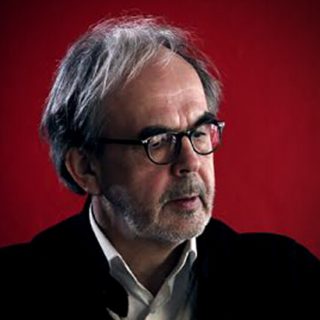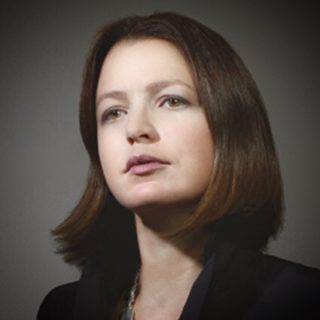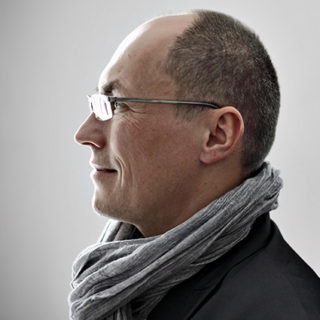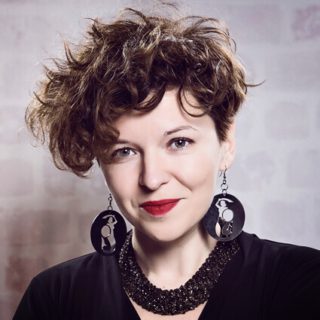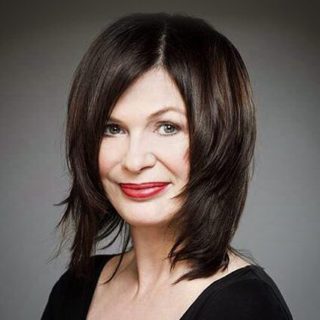Subject
Subject
of the MBA KRK 2017
In the 1970s American urbanist and journalist William H. Whyte, working at the New York City Planning Commission, conducted a study of human behaviour in urbanised areas, inspiring many of his successors. These observations have been used to develop an analysis of the human behaviour and dynamics of the city, entitled “Street Life Project”. Under the influence of Whyte’s thoughts, research and work, a movement called Placemaking emerged.
Placemaking is the concept of shaping public space which assumes a multi-faceted approach to planning, designing and managing public space. Placemaking aims to activate local communities, engage neighbours to create jointly used sites, promote health and well-being, and build neighbourhood ties. Placemaking is both a process and a philosophy of action.
The International Biennale of Architecture Kraków 2017 wants to inspire the Cracovian community by this idea, to stimulate the imagination and needs (which the inhabitants may still be unaware of) and to present possibilities.
There are semi-private spaces in the city. It is a landscape of backyards and interiors of central urban blocks, of completely utilitarian character which is divided by various fences, metal meshes, and walls, filled mainly with rubbish bins or cars, rarely with well-maintained greenery. This is also the landscape between blocks of flats of Post-communist housing estates, actually serving no one and no real purpose, marked by poorly maintained lawns and randomly shaped greenery.
The upcoming MBA KRK 2017 will deal with these spaces, these landscapes, which – for the use of the Biennale – are marked in three categories characteristic of Kraków. The typical interiors of centrally located urban blocks, and especially those of the Modernist parts of the city, are private, but have many owners and many users: residents or entrepreneurs occupying the ground floors and higher floors of surrounding tenement houses. The space of these interiors, separated by the “sacred” property borders, creates a landscape that is often devastated, incoherent, physically divided, untouched by any integral thought. It is untouched by the hand of an architect or by any other need of the user than the utilitarian one. The Biennale intends to instil the idea of jointly shaping this landscape, concerning all its users in a rationally functional and architecturally beautiful way, without neglecting the ownership issues.
Can space – a landscape within an urban block – serve residents and other users around it as a shared semi-private space? How should this space look like, what should it contain? The Biennale should answer these questions indeed, and its recipients – especially the inhabitants of the city of Kraków – should be able to respond to the proposals of architects – participants of the MBA KRK 2017. It is about inspiring dialogue to build a public good – a voluntary agreement, an agreement between owners and users that will enable them to share space.
As aforementioned, the landscape of Post-communist housing estates is another issue. Is it possible to create a semi-private space, at least well looked after and maintained in a human scale? Is everything around the apartment blocks “shared, meaning nobody’s”? Can those places also be beautiful and can their shaping promote greater integration in a safe environment, not just being stuck on the proverbial “bench under the block of flats”?
The title of the MBA KRK 2017 will therefore be: “Backyard – field of imagination”.
Biennale participants are expected to give various forms of presentations, within the main topic of the event’s general debate, taking into consideration the following issues:
– Designing the city, starting with the micro-scale
– City and its life at the verge of private and social zones
– Search for the shape of small spaces
– Search for unity in the multitude of spaces.
The expected result of the Biennale is also the enhancing of activity of the local community in order to create a better quality of public space, not only through practical values, but also in terms of aesthetic and emotional experiences, often decisive for the acceptance of urban space as a human friendly environment.
The aforementioned emotional and aesthetic experiences of space, its positive impact on the quality of life, physical and intellectual development of man, are also closely related to the quality of architecture, defining public spaces.
The new edition of the Biennale is meant to inspire reflection, meditation, and to stir our imagination in the process of understanding, participating and creating the closest environment in the city.
Competitions
Organizational structure
of the International Biennale of Architecture Kraków 2017
– Curator of MBA KRK 2017: Grzegorz Stiasny, architect
– Commissioner of the MBA KRK 2017: Marek Kaszyński, architect
– Commissioner of the Competition A: Marcin Włodarczyk, architect
– Commissioner of the Competition B: Marta A. Urbańska, architect
– Commissioner of the Competition C: Paweł Wieczorek, architect
– Executive Committee: Bohdan Lisowski, Krystyna Łyczakowska, Marek Kaszyński, Marta A. Urbańska, Paweł Wieczorek, Marcin Włodarczyk, Marcin Ewý, Mateusz Smoter, Marcin Buczek-Palczyński, Katarzyna Głuch, Szymon Mikoszym Nowak, Benita Strzałka
